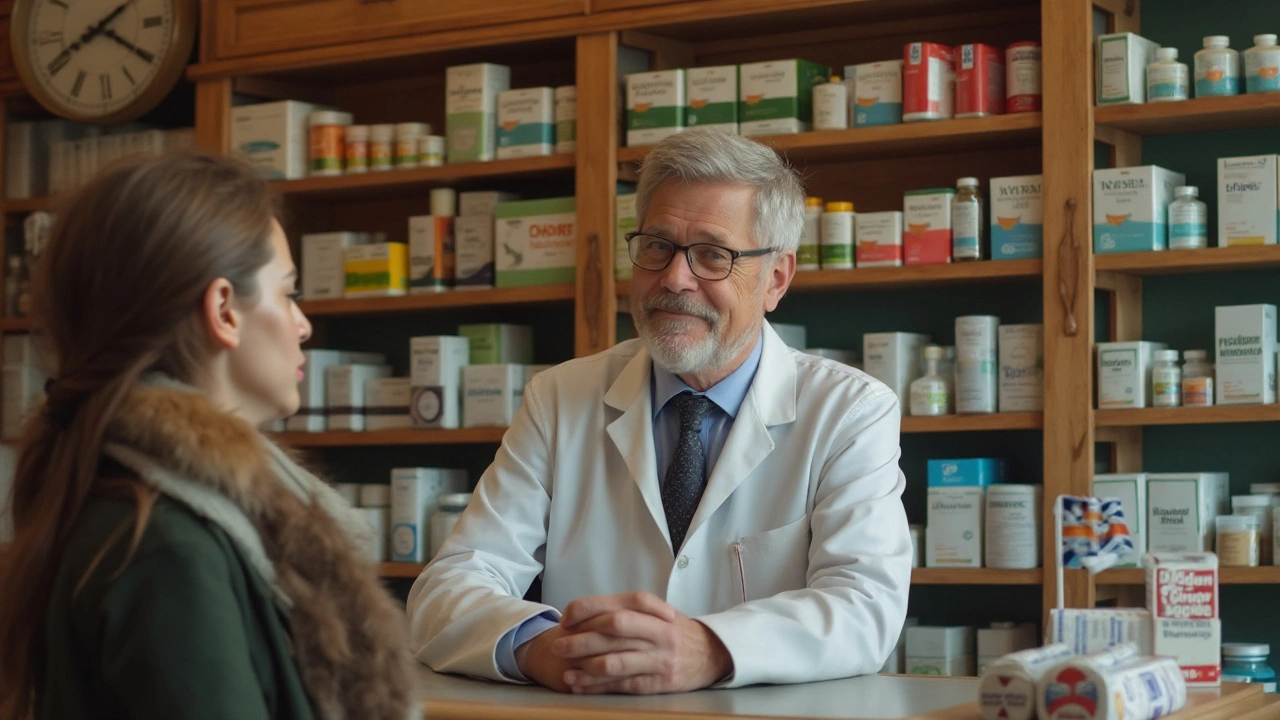Discount Medications: Smart Ways to Cut Prescription Costs
Want to pay less for medicine without gambling on quality? You can. This page gives clear, practical steps to find discount medications and stay safe while saving money.
Find cheaper options fast
Start by asking your doctor if a generic or therapeutic equivalent exists. Generics cost much less and contain the same active ingredient. If your prescriber is open to it, ask for the cheapest dosage and whether you can get a 90-day supply—bulk fills often lower the per-dose price. Before you buy, check your insurer’s formulary to see which brands are covered and which have lower co-pays.
Use price comparison tools and apps to compare local and online pharmacies. Many countries have comparison sites that show cash prices, coupons, and discount cards. Don’t forget manufacturer coupons—drugmakers often offer savings programs, especially for newer or branded meds.
Safe ways to buy discount medications online
Thinking about ordering online? Pick pharmacies that show a licensed pharmacist contact, a physical address, and clear prescription rules. If the site sells controlled drugs without a prescription, that’s a major red flag. Check reviews and look for pharmacy accreditation where available (for example, accredited seals or national regulator listings).
Watch the price: if a product is absurdly cheap, it could be counterfeit. Ask the online pharmacy where the medicine is sourced and how shipments are handled. Choosing tracked shipping and checking expiry dates on arrival are simple ways to avoid bad batches. If paperwork or customs look complicated where you live, consider a trusted local mail-order service instead.
Other practical tricks that save money:
- Use pharmacy discount cards or membership plans for routine meds.
- Split higher-dose tablets only after asking your prescriber or pharmacist—this works for drugs that allow splitting and can cut costs.
- Try community health clinics or charity programs if you’re uninsured; many offer meds at reduced prices.
- Ask your prescriber about older, cheaper drugs that treat the same condition—many older options work well and cost far less.
Red flags to avoid: no pharmacist contact, no prescription required, unclear return policies, or overseas shipping with vague sourcing. If something feels off, stop and check. Saving money is worth it only if the medication is real and safe.
Saving on prescriptions takes a little homework, but the payoff can be big. Compare prices, ask questions, use coupons, and pick trusted sellers. You don’t have to overpay to get the meds you need—just be smart about where and how you buy.
